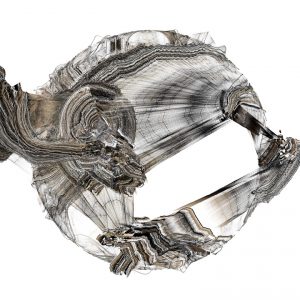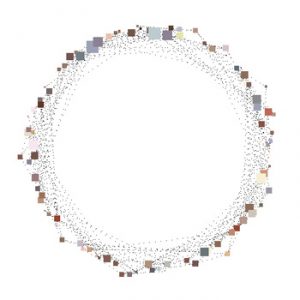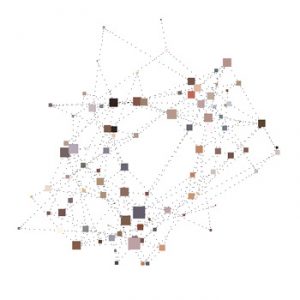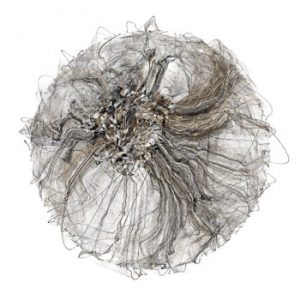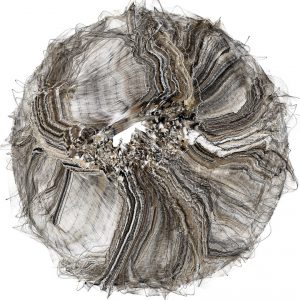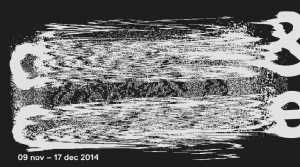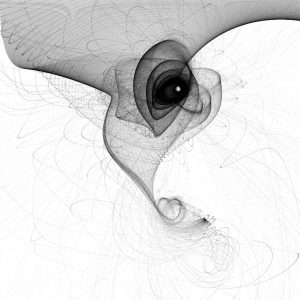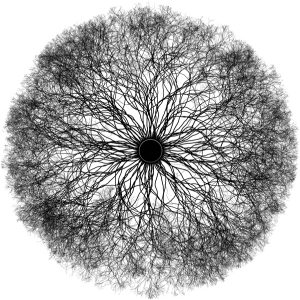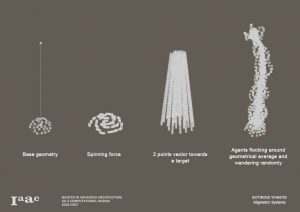
I tried to look up randomness in computation of art through architecture and stumbled upon an interesting article: https://www.fastcodesign.com/3052333/the-value-of-randomness-in-art-and-design
There is a project called “Coding Architecture”, which was done by Linyi Dai. It is under the category “Randomness Projects” http://lostritto.com/risd2015spring-seminar/?cat=6. This project was a result of a challenge that students were given, which was to consider what they can do in order to generate random results. Dai used the value that she was given to generate the rungs of a sphere that seem random but were actually well thought on based on what she might have wanted it the different rungs to look like, which was a sphere. What I admire about this project is that these students, including Lindi, use computation as a medium for art rather than a tool and can use the concept of randomness to create something in art that may not be as random as one may think.
In this particular assignment the way that Linyi used the concept of algorithms and randomness was to just use what she was given, values, and create pretty much anything she wanted, which was a sphere that was cut up. when randomness is used in art and architecture I think a person puts together what they want to put together and thinks seems coherent to themselves, but may look completely random to someone else, which is what I usually feel when I’m in a museum looking at artwork.
Nothing is random, whether it has to do with the design of something or the idea of something, there is always a underlying reason for why something is the way it is even if it may seem random. The article states that “randomness” is not a new concept. In nature random occurrences are easily found, but that’s different in a digital computer where the “randomness” is now quantifiable and known. Although the “applications of randomness in statistics, computer science, finance, and mathematics are well established, it is less so in art and design”. This is why I wanted to look more into the idea of randomness in something like architecture, which I didn’t specifically find but I found that there are cases where they use computational practices like randomness to create architecture. Example: Coding Architecture.
![[OLD FALL 2017] 15-104 • Introduction to Computing for Creative Practice](../../../../wp-content/uploads/2020/08/stop-banner.png)
